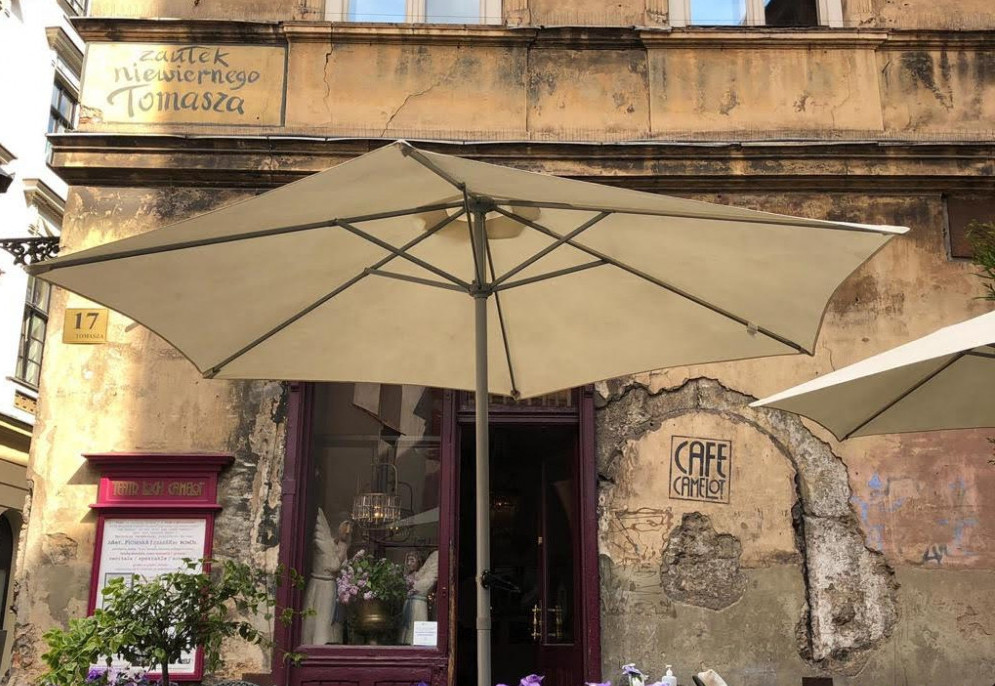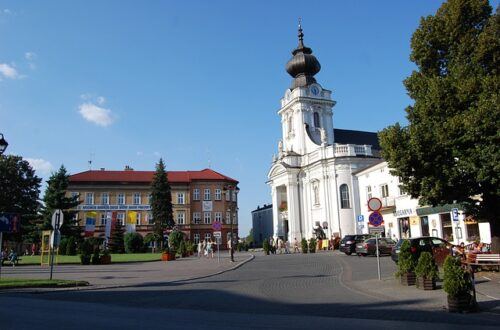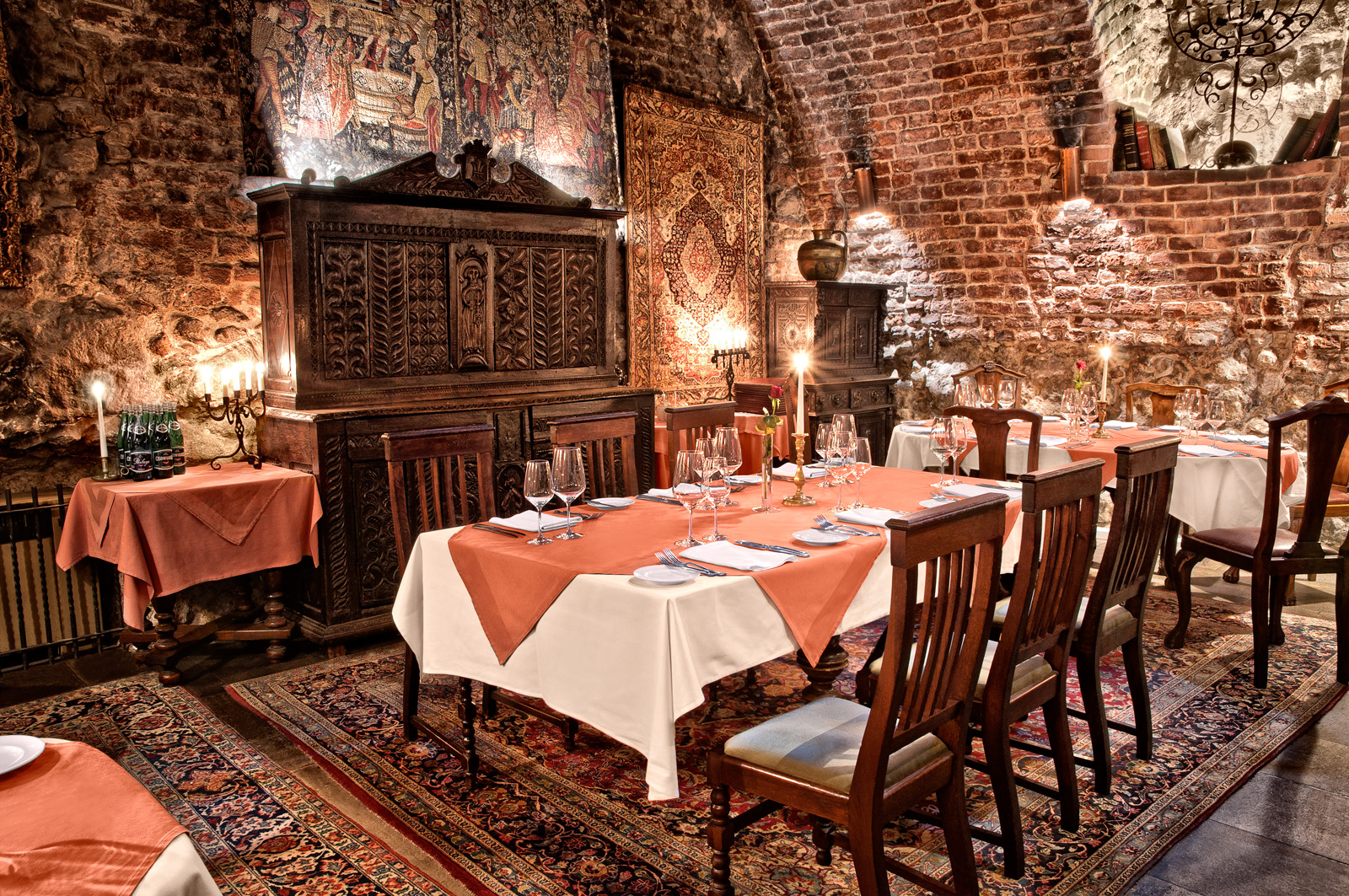Teutonic Knights’ Castle in Torun
The castles have evolved, and their appearance has changed over the centuries. Poland is blessed with countless beautiful castles to admire, from medieval castles, baroque residences, fairy-tale palaces to magnificent ruins. Explore ancient ruins, discover mysterious remains, and learn the stories held within the walls of the Torun castle.
History
In the Chełmno Land, the Teutonic Order was building its first stronghold in Toruń in the mid-thirteenth century. On the plan of a closed horseshoe, a stone castle is made of stone and brick and a rampart and outer bailey around it. The castle was subject to constant expansion and modernization until the 14th century. Near the castle, there were mills and a commander’s fish pond, as well as granaries, a brewery, stables, a smithy, and a mint.
However, the glory days of the Teutonic castle end in 1454, when it was conquered and destroyed by the Toruń burghers during the anti-Teutonic uprising.
The siege of the castle lasted two days. Lack of sufficient supply, and above all the will to fight among defenders, caused the Teutonic Knights to surrender and leave the stronghold on February 8, 1454.
The townsmen immediately demolished the walls of the captured fortress. The reason was that they desired to cover the traces of the Teutonic power over Toruń and definitely prevent the monks’ return. From then dumpster was set up in the castle grounds. The ruins remained in good condition until 1958 when the site was cleaned, hidden beneath layers of soil and debris.
Castle Today
In the form of a permanent ruin, the fragments of the castle today serve as a monument commemorating the victorious war with the Order and the return of Toruń to Poland ( a special commemorative plaque speaks of this at the entrance to the castle area (northern bailey) from Przedzamcze Street.
During the archeological works, the ground floor of the main castle was unveiled, along with fragments of the arcaded cloister from the courtyard and vaulted cellars. Numerous decorative details were also found, such as profiled bricks and several types of ceramic floor tiles, as well as figural tiles, fragments of tracery and floristic decorations, and parts of the wall with polychrome.
The best-preserved fragment of the castle is the Gdanisko tower from the beginning of the 14th century; it had a sanitary and defensive function (guarding the main entrance to the castle). The basement of the main castle, which lately housed the Castle History Museum, is also well maintained.
The Toruń castle belongs to the oldest strongholds in the Chełmno Land, occupying an area of approx. 1.9 ha, currently included in the Medieval City Complex on the UNESCO list of monuments.
Since 2007, the castle is administrated by the Teutonic Castle Culture Center in Toruń, which in the former underground and latrine tower organized exhibitions dedicated to the architecture of the stronghold.
Legend
12 Teutonic Knights lived in the Toruń castle, and one of them was an unusually good-looking man. Walking around Toruń, he met an equally beautiful Torunian girl and fell in love with her at first sight. He completely forgot that he was not only a knight but also a monk.
He often met with beautiful townswomen in the alleys of the old town. Once upon a time, they were noticed by the inhabitants of the city, and the news about their romance spread widely. Members of the City Council and the Teutonic commander quickly discovered it. Then, they wondered what punishment to be imposed on unfortunate lovers and who was to blame for what had happened.
It was recognized that the guilt was equal, and their meetings were unworthy of an exemplary inhabitant of the city, and even more a monk-knight.
The Toruń court sentenced the girl to 25 lashes, so this could be a dose of justice. The decision on the punishment for the Teutonic knight in love belonged to the commander. He ordered the unfortunate man to build a defensive tower that would be tilted in the same way as his conduct has deviated from the religious rule.
The knight built the Leaning Tower, tilted from the vertical by 1.4 m, which we can see to this day, which reminds us of the knight’s shameful performance. The Torun Leaning Tower is, therefore, a symbol of sin and a place where you can check your innocence.
Visiting Castle
Although the whole area of the castle occupies a relatively large area, the object can be easily visited in 30-60 minutes. The admission ticket to the Teutonic castle in Toruń is relatively cheap; everyone can visits the area individually. Unfortunately, the Teutonic castle is not complete and means ruins only.
Nevertheless is a great history lesson of the Teutonic Knights and their influence on the local area. Toruń is a must if you visit Poland, and this castle sits in the center of downtown, so it is wort to combined with the other wonders of Toruń.
Ticket Prices and Opening Hours
- Regular: 8 PLN
- Reduced: 5 PLN
- The castle is open throughout a year from 10.00 to 18.00




